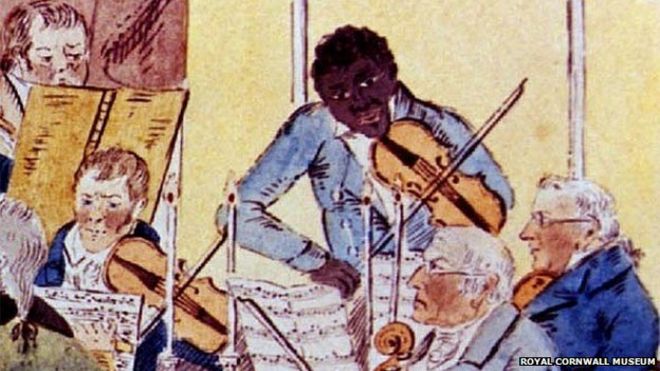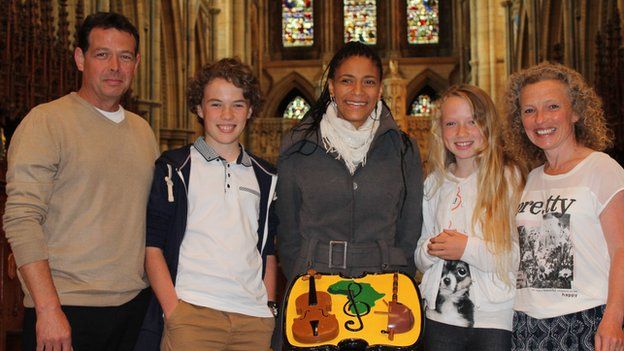Drum Dream Girl: How One Girl’s Courage Changed MusicPosted in Arts, Biography, Books, Caribbean/Latin America, Media Archive, Novels, Women on 2015-06-23 00:37Z by Steven |
Drum Dream Girl: How One Girl’s Courage Changed Music
Houghton Mifflin Harcourt
2015-03-31
48 pages
Hardcover ISBN-13/ EAN: 9780544102293
eBook ISBN-13/ EAN: 9780544102286
In this picture book bursting with vibrance and rhythm, a girl dreams of playing the drums in 1930s Cuba, when the music-filled island had a taboo against female drummers.
Girls cannot be drummers. Long ago on an island filled with music, no one questioned that rule—until the drum dream girl. In her city of drumbeats, she dreamed of pounding tall congas and tapping small bongós. She had to keep quiet. She had to practice in secret. But when at last her dream-bright music was heard, everyone sang and danced and decided that both girls and boys should be free to drum and dream.
Inspired by the childhood of Millo Castro Zaldarriaga, a Chinese-African-Cuban girl who broke Cuba’s traditional taboo against female drummers, Drum Dream Girl tells an inspiring true story for dreamers everywhere.






